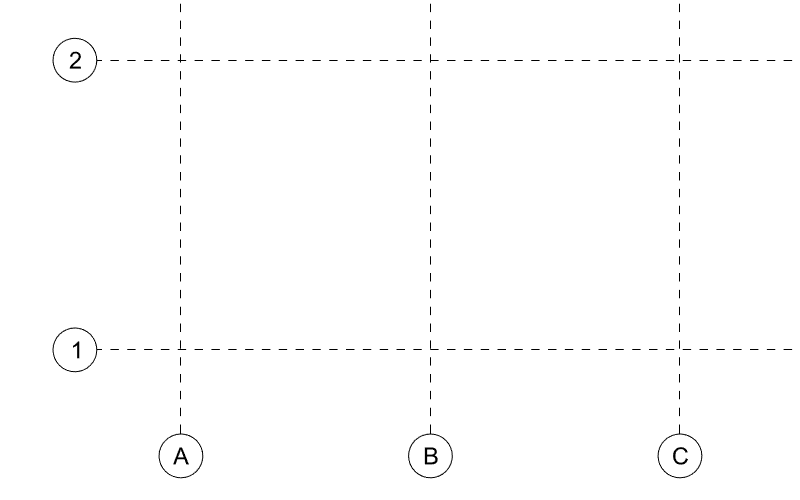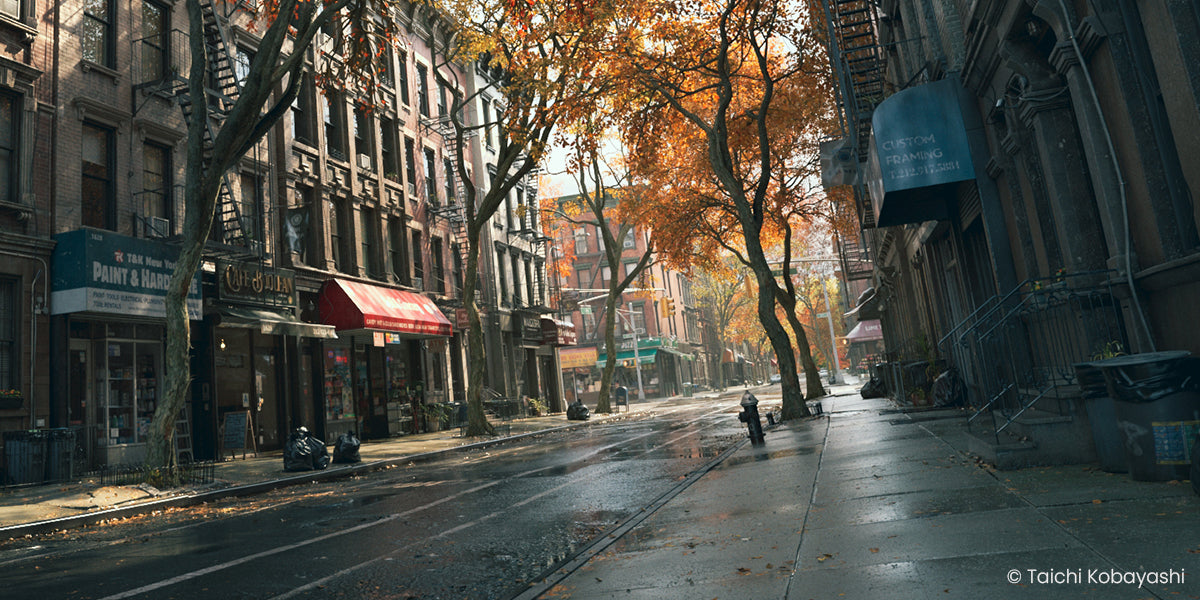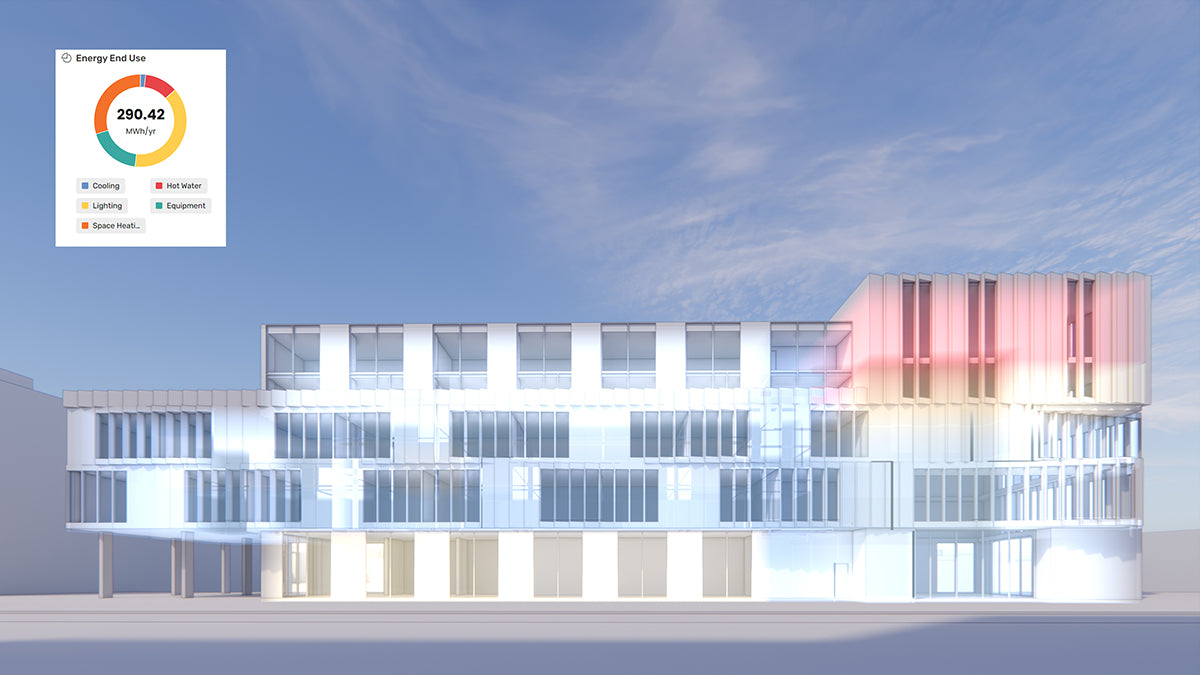Your Cart is Empty
Customer Testimonials
-
"Great customer service. The folks at Novedge were super helpful in navigating a somewhat complicated order including software upgrades and serial numbers in various stages of inactivity. They were friendly and helpful throughout the process.."
Ruben Ruckmark
"Quick & very helpful. We have been using Novedge for years and are very happy with their quick service when we need to make a purchase and excellent support resolving any issues."
Will Woodson
"Scott is the best. He reminds me about subscriptions dates, guides me in the correct direction for updates. He always responds promptly to me. He is literally the reason I continue to work with Novedge and will do so in the future."
Edward Mchugh
"Calvin Lok is “the man”. After my purchase of Sketchup 2021, he called me and provided step-by-step instructions to ease me through difficulties I was having with the setup of my new software."
Mike Borzage
Novedge Webinar #143: Persuasive Architectural Visualization with FlyingArchitecture – Q & A with Matus Nedecky
January 08, 2015 7 min read
Did you miss our latest Novedge Webinar with FLyingArchitecture ? This is your chance to catch up with Matus Nedecky 's stunning Architectural visualizations and his many tips and tricks. This webinar was so packed with information that there was no time left for our Q&A. We still wanted to validate your many questions and we asked Matus to provide written answers to be published in this blog post. We would like to remind everybody that FlyingArchitecture is one of the most recognized rendering companies in the CGI world. It's easy to see why. Enjoy.
Editor's Note: The views, opinions and positions expressed within guest posts are those of the author alone and do not represent those of Novedge.
Q: At what stage of a project are you typically requested to do renderings such as the one you're presenting today?
A: We are often asked to create renderings at the final stage of a client's project. What happens is that the clients usually make the basic previews inhouse. In the end, when they want striking images and persuasive moods in high resolution, they come to us. And we are happy to help them with it.
Q: Matus, how long does it take you to create one finished visualisation?
Depends. There are projects we completed in half a day, and there are projects which took us months to be finished. The forest house, which I spoke about at the webinar, took me 2 days to model (just because I was simultaneously creating a tutorial of the project, otherwise it would not be longer than several hours). Materials and rendering took another day (custom textures in Photoshop and again, screening for tutorial), and the last part – postproduction – took me 1 day. For most of the projects – large scale architecture – we prefer to have at least 3 days for postproduction, so we can play with each single pixel until we are completely satisfied.
Q: What do you do when you have to work with several images of the same design?
A: We usually use more images for the same project, so for us it’s not a problem anymore. At the beginning of my career I found it a bit harsh as well, but once you get used to this workflow, there’s no way back 
Q: How hard is for instance, to use this technique of post-production with 3 images, and get them to look the "same"?
A: It’s not hard once you have a proper database of photos. During several years I collected tens of thousands of photoreferences, so it’s not that hard to choose two similar lawns for different views from such an amount of photos.
Q: Are your Photoshop brushes homemade? Are they available for free or for purchase?
A: Good question – they are mostly downloaded from the mighty Internet. Some of these I created by myself, but I would say just a few of them. My most important brushes, like trees, grass, clouds were taken from Deviantart, other you can find on my website. This post from Creative Bloqmight give you some ideas.
It's otherwise is very important to learn how to create your own brushes, I think you should check out this tutorial.
Q: Where do you get textures, online or do you take the pictures yourself?
A: I take thousands of pictures by myselfs and I prefer to use those, but there are also some useful websites like ProStaffage , Gobotree and GCTextures .
Q: How did you place the trees behind the house?
I put them into the Background folder. The trick is that the group above it, “Render,“ has a mask containing Alpha channel from V-Ray. You can easily understand this topic by following this particular tutorial or any of the other postproduction tutorials we offer.
Q: Trees are proxies, those trees are modeling with meshes or surfaces? Could you tell as a good method for trees and grass?
These trees are from the iTrees collection
Q: When you make the color adjustment on the part of the tree that has sunlight on it, how do you make the smooth transition to the shaded side?
I create the mask with a blurry brush. Or there’s the other way if you already did it with a brush with sharp edges – hold left Alt and click into the mask and then navigate to Filter > Blur > Gaussian Blur
Q: What is the most effective way to match the exposure of multiple assets (background, grass, trees) to single exposure?
A: Once you import the asset into the scene, do a quick rough masking and clip some adjustments to the layer – this way you may test the exposure / light balance of the asset in seconds. Of course, you will have to do so for each asset imported to the canvas. The only automation is your skill.
Q: What if the lighting is not sunny, like Peter Guthries Blue Dusk, how do we color match out trees then if theres is barely any shadow? Trees and grass layers…
A: Simple. Brightness, Curves, Levels, Hue/Saturation, Selective Color. Masks. Using just basic adjustments you can do miracles in Photoshop. 
Q: Do you prefer to use a solid (box) window with an accurate glass material, or a single pane with an Architectural Glass material for your windows?
I not only prefer to use solids for glass, but I have to say I refuse to use single panes. There are many reasons behind it and it would be a long story if I wanted to tell you all of them 
Q: How do you manage to create the alpha channel of the glass to be half transparent?
A: It is based on transparency color in V-Ray, so it is automatically half-transparent. Unless “Affect Alpha“ is deselected for the specific material. 
Q: Do you ever utilize HDR images to render with to create window reflections and color tones instead doing it in Post Production?
A: I always tend to do that in Postproduction
Q: I saw you using VisualARQ . Is it really useful?
A: I think so. It may help you to create the model much faster, however you should change the workflow a bit. Also you must apply materials to layers, not to objects. VisualARQ is helpful mostly for some generic stuff in the middle of the scene, or in the back . For the parts in the front you need higher detail assets than VisualArq can offer .
Q: In your experience, is it better to use 3D AutoCAD or Rhinoceros?
A: I stopped using AutoCAD as a student and I replaced it with Rhinoceros immediately. Rhino is an amazing CAD software and it covered all my expectations as student/architect. I recommend that to all my friends!
Q: Do you find Rhino easier to model more precise objects than max? It appears more intuitive, however, Rhino doesn't have much for parametric control, so if you need to change things, it seems it could be time intensive. (i.e. changing window sizes)
A: Of course it is easier! More precise, more stable, more user friendly. Definitely not more capable, but it offers me just what I want. For parametric features, there is this free plugin called Grasshopper.
Q: Is there in Rhino any way to make a component like in SketchUp or block in Autocad?
A: Of course, you can create blocks – that’s exactly what I did with the windows in my project and also with the glass on a cantilever – That’s also a part where I showcased how the mounting system was updated for all glass panes at once.
Q: Can we set a two-point perspective in Rhino?
A: Yes you can, just look into the right sidebar. However, this 2 point perspective won’t work in render. To obtain 2 point perspective, you should approximate the POV in the viewport and use the Lens Shift in the Camera section in V-Ray options.
Q: You started drawing your own building in Rhino; what happens when you cooperate with an Architecture studio ? What is the format used to get the information on the building?
A: We usually get DWG files, which we directly import into Rhino. As Rhino is a CAD software, it keeps all blocks, layers, colors and so on…
Q: How do you map textures for complex organic shapes in Rhino?
A: First of all, it is important to keep the surfaces as simple as possible and create polysurfaces from the least number of surfaces as possible. Then UV mapping will handle the job perfectly.
Q: How do you save your rhino file/v-ray to pull into photoshop?
A: Save the render to .hdr and open up Photoshop, navigate to File > Scripts > Load Files into stack. The rest is simple 
Q: What fileformat did you save to in this particular case?
A: I always save renderings in .hdr file format to keep 32 bits output.
Q: How about we turn on the light in the building's room. How do you add such an effect, to prevent us from long render with rhino/3ds lights?
A: Sorry there was no time for it during the webinar, but I would prefer using planar light to get some smooth light inside.
Q: How do you see this model/process fitting into a BIM workflow?
A: VisualARQ is a great plugin for Rhino that may help you to BIM your projects. It might not be as capable and boosted as Revit for example, but for typical student /small studio work it should do just fine.//player.vimeo.com/video/107746650
Novedge Webinar 132 VisualARQ 1.8, BIM and Architectural Tools for Rhinoceros from Novedge on Vimeo.
Q: Where can you get that script addon for stack ?
A: Photoshop contains this script by default.
Q: What was the render time for this image for the raw image and at what resolution?
A: I am sorry but I do not recall rendertime (just run the render and went to sleep), as I said, the postproduction took me a single day.
Did you enjoy our latest webinar? To register for future Novedge Webinars, click here. To get your own copy of V-Ray 2.0for Rhino, Rhino 5or Adobe Productsvisit our website at novedge.com.
Also in NOVEDGE Blog

Maximize Your Architectural Workflow with VisualARQ 3's New Guides Feature
January 30, 2025 5 min read
Read More
Introducing V-Ray 7: Transforming Creative Workflows in Maya and Houdini
January 28, 2025 7 min read
Read More
How the AEC Industry Shifted Towards Essential Sustainable Building Design
August 15, 2024 4 min read
Explore sustainable building design strategies at NOVEDGE, focusing on eco-friendly practices for resilient and efficient structures.
Read MoreSubscribe
Sign up to get the latest on sales, new releases and more …



